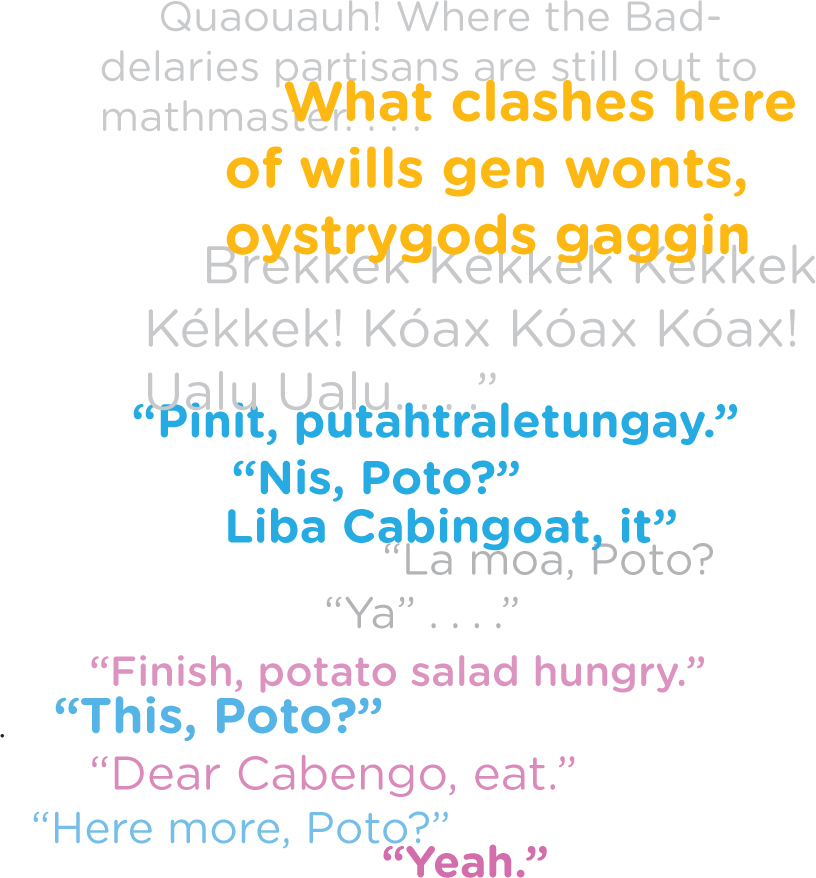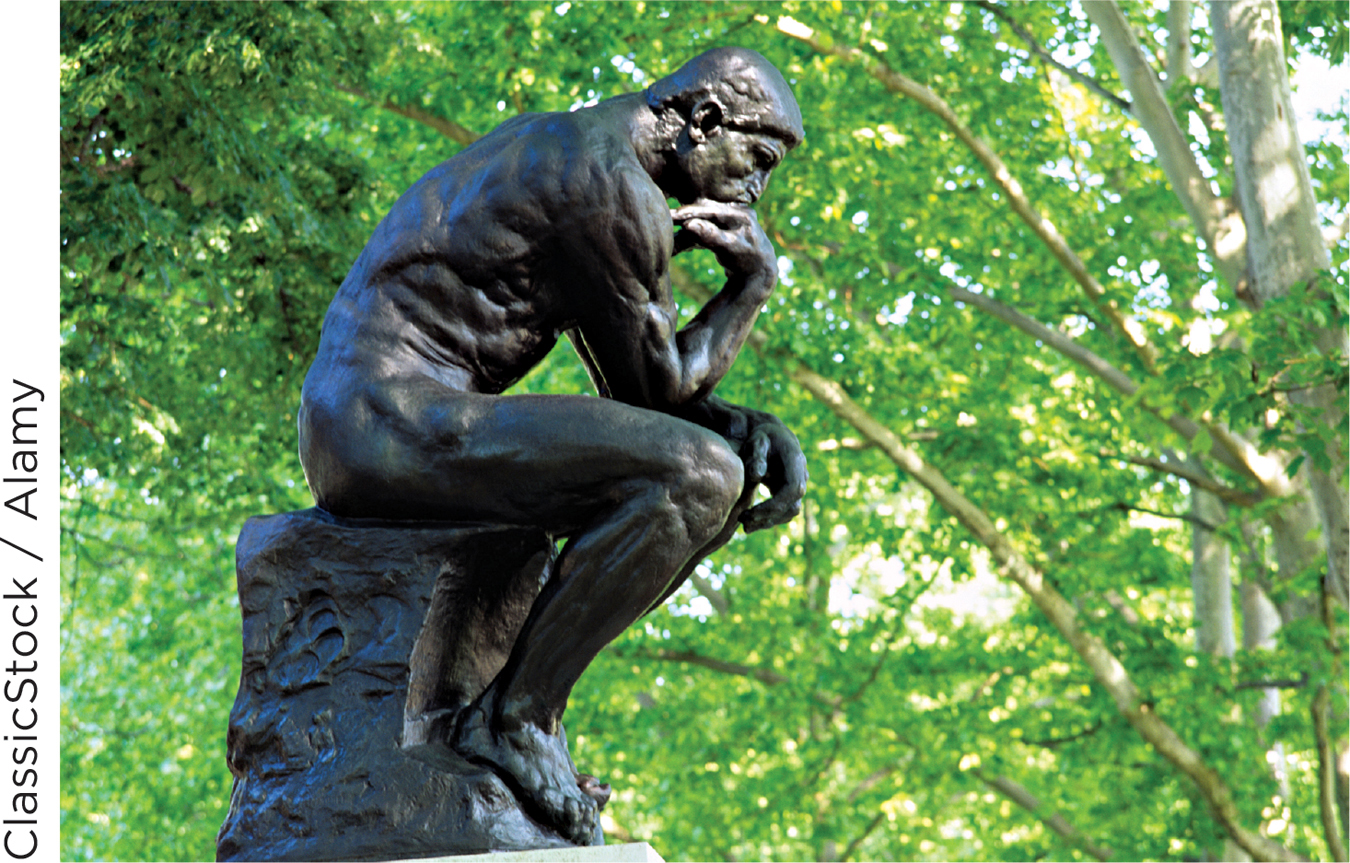Chapter 8 Introduction
306
Thinking, Language,
and Intelligence 8

307
CHAPTER OUTLINE
Categorization
Category Levels
Category Structure
Language
What Do We Mean by “Language”?
The Structure of Language
Language Acquisition
THIS JUST IN: Universal Grammar?
CULTURAL OPPORTUNITIES: Adjectives, Verbs, and Patterns of Thought
Language and the Brain
Animals’ “Language”
Language and Thought
The Sapir–
Whorf Hypothesis Embodied Cognition
Thought and Language
Reasoning, Judgment, and Decision Making
Reasoning
Judgment Under Uncertainty
Decision Making
Problem Solving
The Problem Space and Heuristic Search
Problem Solving by People and by Computers
RESEARCH TOOLKIT: Think-
Aloud Protocol Analysis
Mental Imagery
Mental Rotation
Mental Distance
Intelligence
Defining Intelligence
“General” Intelligence and Differences Between People
Inherited Biology and Intelligence
THIS JUST IN: Poverty and Performance on Intelligence Tests
Multiple Intelligences
The Neuroscience of g
Looking Back and Looking Ahead
IN CHITA, A CITY IN EASTERN SIBERIA, RUSSIA, a young child grew up without normal human contact. Natasha, as the girl was known, was raised in isolation in one room of an apartment. Adults living in other rooms had no contact with her except to drop off food. Her only companions were some cats and dogs. When police discovered her at the age of 5 in 2009, Natasha “had the clear attributes of an animal” (Halpin & Booth, 2009). She jumped at people and lapped up food from plates. She could understand Russian but could not speak it. Having grown up with dogs, she “tried to communicate through barking instead.”

In 1922 the Irish novelist James Joyce began the work that he considered his greatest. Joyce already had mastered English literature; his recently completed novel Ulysses had been hailed as “a work of high genius” (Wilson, 1922). Indeed, Joyce had so mastered the English language that, for his next book, he decided to do the seemingly impossible: invent a new language—
What clashes here of wills gen wonts, oystrygods gaggin fishy-
In San Diego, California, in the 1970s, a pair of infant twins was raised in relative isolation. Their grandmother provided for their physical needs, but did not interact with them socially. The twins had no contact with other children. Their low intelligence test scores at age 5 caused some to conclude that they were mentally impaired. Like Natasha, the twins had not learned to speak their native language. But like Joyce, they invented an entirely new language of their own—
“Pinit, putahtraletungay.”
“Nis, Poto?”
“Liba Cabingoat, it.”
308
“La moa, Poto?”
“Ya.”
The children, who called each other Poto and Cabengo, were conversing while eating potato salad. Translated, they said (“Education,” 1979):
“Finish, potato salad hungry.”
“This, Poto?”
“Dear Cabengo, eat.”
“Here more, Poto?”
“Yeah.”
Why did Natasha, who possessed a biologically normal human brain, not have normal human abilities to think and use language? Why were the twins—![]()
LET’S BEGIN THIS CHAPTER with an exercise. Look away from this page and stop thinking; try not to think about anything for as long as you can. When a thought pops into your mind, return to the reading. Good luck.
Welcome back. I suspect you weren’t away for long. It’s hard to stop thinking! Some thought or another—
In this chapter, we’ll discuss the ever-
Most of this chapter is devoted to the mind—
